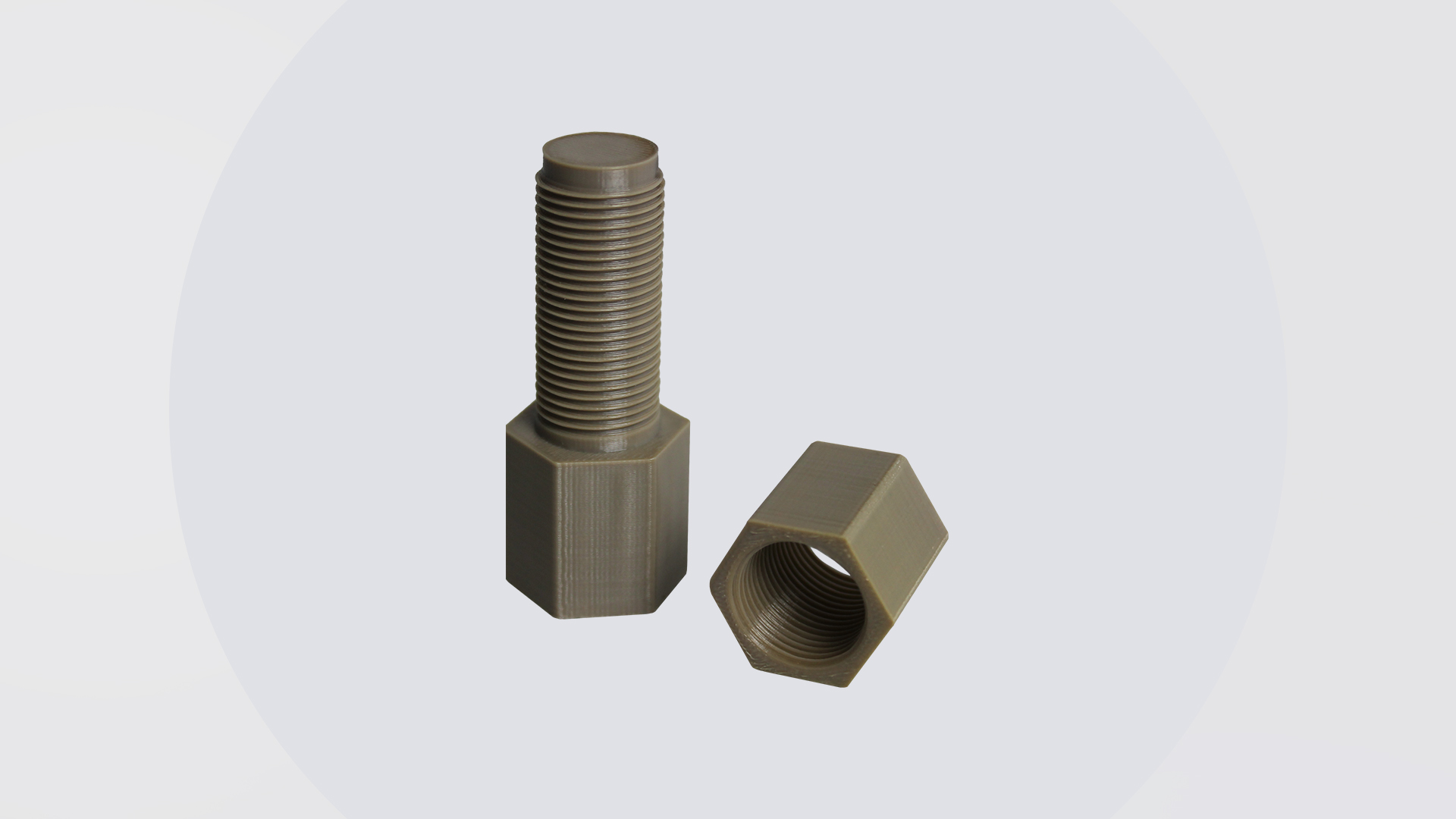
The advantages of Roboze production: the sensor in PEEK that improves the performance
The inductive sensors are devices that use the principle of electromagnetic induction to detect and measure conductive objects, such as metals and carbon. These can be assembled on machines as endstop, act as position sensors for monitoring and positioning, as pulse generators for counts, distance and speed indicators and much more.
Tipically, the inductive sensors contain a transistor oscillator whose electricity consumption is influenced by the approach of conductive materials and since their measurement is not affected by the presence of substances that do not interact with the magnetic field, these sensors are often used in humid environments and at high temperatures.
We can find these particularly challenging conditions, for example, in the food industry, where the inductive sensors are constantly in contact with aggressive detergents and need to withstand significant thermal shocks during the sterilization’s phases in autoclave.
In these environments, the sensor’s housing is tipically realized in PEEK, bioinert material, resistant against most of the organic and inorganic agents and capable to work at high temperature, over 200°C. Printing housings of inductive sensors with a material like PEEK is one of the advantages offered by Roboze 3D printers: high precision and repeatability, reduction of costs and time and internalization of the production are benefits associated to additive manufacturing, taking advantages of all the innovations that Roboze provides its customers.
